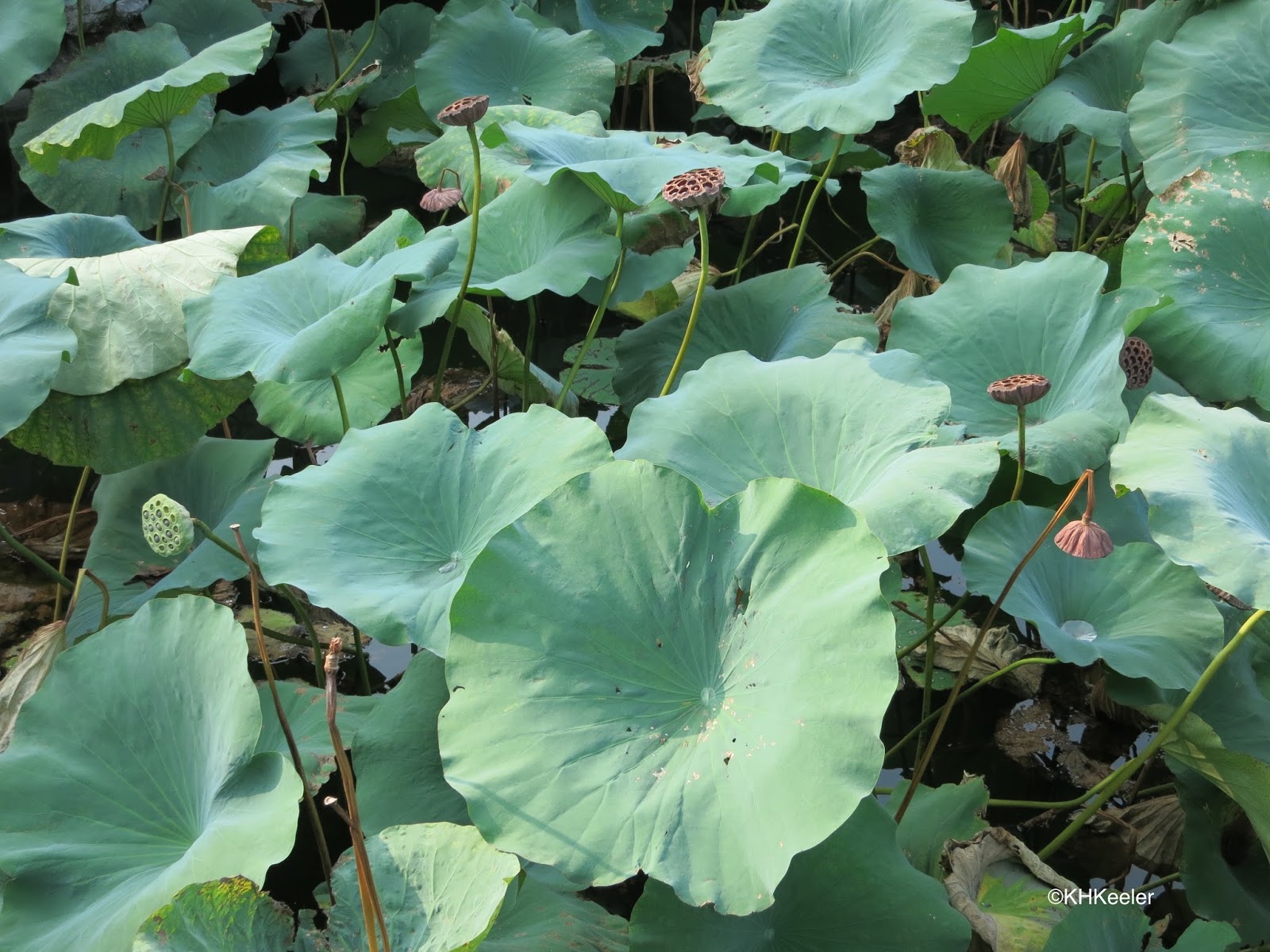

( Spirodela oligorhiza), Water Hyacinth ( Eichhornia crassipes), and Water Lettuce Though in colder climates species such as Giant Duck Weed Oxygenators and produce varying casts of shadow that the pond owner and the fish Produce an ever changing appearance for the pond. Some available cultivars are:įree floating plants, though not absolutely necessary, add the finishing touch Caging these pots is often advisable if the pond is to contain fish, which tend to forage on submerged plant foliage. Submerged plants should be stocked at a rate of one bunch per 2 square feet of surface area, in groups of 6 to 12 per pot depending on the size of the pot. Roots of these plants are not used for nutrient or water uptake, but for anchorage, so oxygenators may be potted in gravel. If you are unsure of the plants you are interested in, call the nearest Texas Parks and Wildlife office and request information.

In fact, many of these same plants are sold in the water garden catalogs since they are not restricted in states with colder winters. The import, sale, purchase, propagation, or possession of any plant or its seeds on this restricted list is illegal without proper licensing and permits. These aggressively spreading plants are considered noxious weeds. The Texas Parks and Wildlife Department and the USDA have listed 12 species and one entire genus of plants on a list of restricted aquatic plants. Especially the first three listed which may take over a pond. Submerged plants may become aggressive if planted in earthen ponds. Submerged plants are the oxygenators of the pond - a must if your pond is to be healthy and support fish. Some hardy water lily flowers change color shades over the life of the bloom, adding to the character of these unique plants termed "Changeables." Some available water lilies cultivars include: Tropical water lilies in turn are divided into day and night bloomers. Water lilies (Nymphaea spp.) are of two types, tropical and hardy. Thus, Lotus (Nelumbo spp.), which hold their leaves above the surface of the pond, do not contribute to this maintenance tool and are considered under Bog or Marginal Plants. Plant enough to cover 50 to 75 percent of the surface area of the pond, or approximately one for every 10 square feet of surface area (there are dwarf varieties for barrel gardens).įloating leafed plants will cover the surface of the water to a point that will, if done correctly, limit the amount of light reaching the depths of the pond holding algae growth in check.


For more information and prices, go to your favorite garden center and look at the stock, or write for catalogs from the many mail order growers found in garden magazines. The following is a partial list of cultivars of readily available plants by use group. Floating leafed and submerged plants are necessary for a healthy pond and must be included in your selection. Most considerations, such as water depth, amount of sunlight, and how each species relates to its surroundings should have been considered during the design phase. Choosing these is a pleasure, but there are certain considerations to be taken into account. Plants available for use in water gardens are many.


 0 kommentar(er)
0 kommentar(er)
